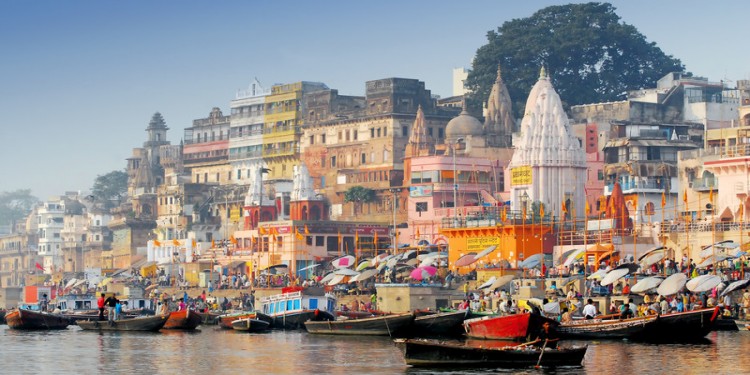
02 Hours
Any Time During the year
24 Hours
Varanasi
Uttarpradesh
Ghats in Varanasi are riverfront steps leading to the banks of the River Ganges. It has total 87 ghats. Most of the ghats are bathing and puja ceremony ghats, while a few are used exclusively as cremation sites. The Holy City Varanasi know for it's Ghat, All the ghats were built after 1700 AD, when the city was part of Maratha Empire.The patrons of current ghats are Marathas,Scindias, Holkars, Bhonsles, and Peshwas. Many ghats are associated with legends or mythologies while many ghats are privately owned. the morning boat ride on the Ganga across the ghat is a main attraction.
Most Popular Ghats of Varanasi
Chardham Yatra Registration Figure Reached 10.66 Lakh, Maximum 3.52 Lakh Registrations For Kedarnath Dham
Uttarakhand Trip Budget: Hotels, Adventure Activities, Days & Destinations
Jagannath Temple Puri: History, Location, Darshan Timings, How to Reach
Kamakhya Temple: History, Location, Darshan Timings, How to Reach
दिल्ली का चांदनी चौक क्यों है इतना प्रसिद्ध
मेघालय घूमना चाहते है कैसे करें यात्रा प्लान
चाहते है सिक्किम टूर प्लान करना यह है बेहतरीन तरीका
मंदिर के दान से चलती है राज्य की अर्थव्यवस्था (तिरुपति बालाजी मंदिर)
Triyuginarayan Temple: Location, History, Plan Your Wedding, How to Reach, Route Distance
Force Urbania vs Innova Crysta: Which is Comfortable for Travel, Rental Fare
Call Our Customer Care Executive. We Are Available 24x7 Just Dial.
+91 9810833751 Send Enquiry© All Copyright 2013 - 2024 Reserved japjitravel.com